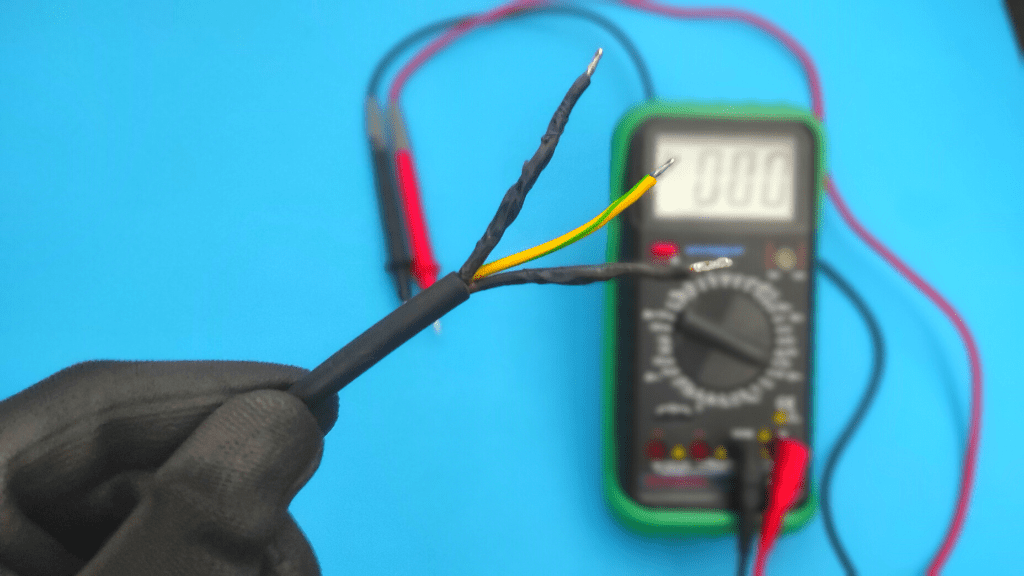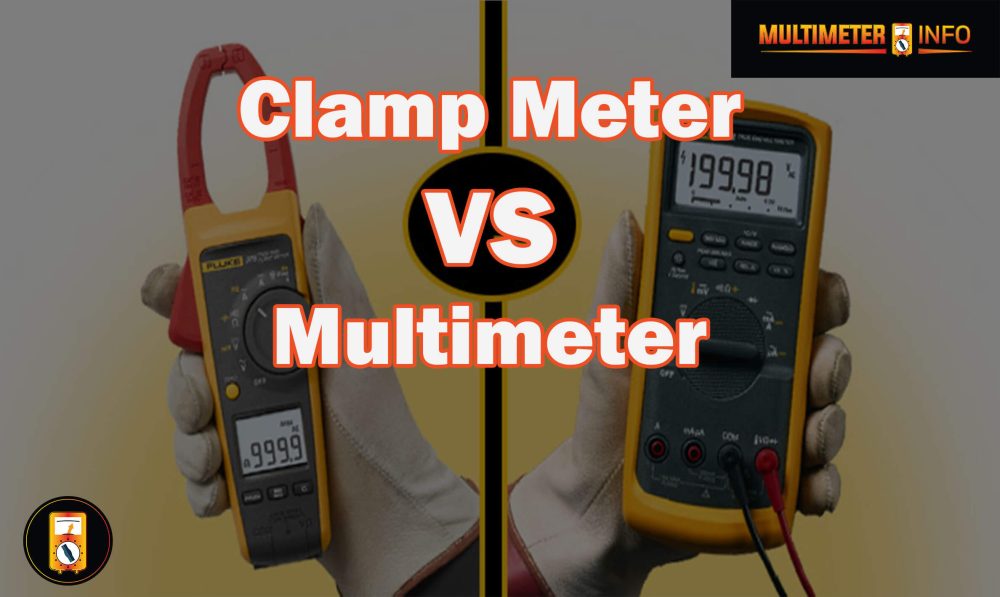Electrical wiring plays a crucial role in our daily lives, powering our homes and workplaces. However, it’s essential to understand the distinction between a “hot” wire, which carries electric current, and neutral or ground wires. Identifying hot wires is crucial for various reasons, such as safety, troubleshooting electrical issues, or performing electrical installations. This article will explore different methods to determine if a wire is hot, ensuring you can work with electricity safely and confidently.
Understanding Electrical Wiring
Before we delve into the techniques to identify hot wires, it’s essential to have a basic understanding of electrical wiring. In most residential and commercial settings, electrical systems have three main wires: hot, neutral, and ground. The hot wire carries electrical current from the power source to the connected device, while the neutral wire returns the current to the source. The ground wire is a safety measure designed to prevent electrical shock. By differentiating the hot wire, you can avoid potential hazards and handle electrical systems appropriately.
Importance of Identifying Hot Wires
Identifying hot wires is essential for several reasons. First and foremost, working with live electrical wires without proper knowledge and precautions can be extremely dangerous. Accidental contact with a hot wire can lead to electric shock or burns, potentially causing severe injuries or even fatalities. Additionally, distinguishing hot wires allows you to troubleshoot electrical issues effectively. By identifying the power source or determining the current presence, you can diagnose and resolve problems more efficiently.
Physical Inspection
One of the simplest ways to check if a wire is hot is through a physical inspection. However, this method requires caution and should only be attempted if you are confident in your abilities and understand electrical systems. When performing a physical inspection, follow these steps:
Checking for Visible Signs of Heating
Inspect the wire visually, looking for any visible signs of heating. Hot wires may exhibit discoloration, melted insulation, or burn marks. If you notice these indications, it is likely that the wire is hot or has experienced excessive heat.
Feeling for Warmth or Heat
Using the back of your hand, gently run your fingers along the wire, feeling for any warmth or heat. Hot wires generate heat due to the electric current flowing through them. Exercise caution while doing this, and avoid touching the wire directly to prevent potential injuries.
Voltage Testing
Another effective method to determine if a wire is hot involves voltage testing. This method allows you to measure the presence of electrical potential (voltage) in a wire. There are two common types of voltage testers you can use:
Using a Non-Contact Voltage Tester
Non-contact voltage testers are handheld devices that detect the presence of voltage without making physical contact with the wire. These testers work by detecting the electric field surrounding the wire. To use a non-contact voltage tester, follow these steps:
- Testing the tester on a known live circuit ensures the tester is functioning correctly.
- Hold the tester near the tested wire within the device’s specified range.
- If the tester detects voltage, it will indicate this by emitting a visual or audible alert. Be sure to consult the manufacturer’s instructions for specific indications.
Using a Digital Multimeter
A digital multimeter is a versatile tool that can measure various electrical parameters, including voltage. To use a digital multimeter to check for a hot wire, follow these steps:
- Set the multimeter to the voltage testing mode.
- Ensure the multimeter is appropriately calibrated and functioning correctly.
- Carefully touch the wire with the multimeter’s probes, ensuring the probes make good contact with the wire.
- Read the voltage value displayed on the multimeter’s screen. The voltage reading will significantly differ from zero if the wire is hot.
Using an Inductive Voltage Tester
An inductive voltage tester is a tool that allows you to detect voltage in a wire without making direct contact. It detects the magnetic field generated by the current flowing through the wire. To use an inductive voltage tester, follow these steps:
- Place the tester near the wire being tested, ensuring it is within the device’s specified range.
- If the wire is hot, the inductive voltage tester will emit an audible or visual signal, indicating the presence of voltage.
Hiring a Professional Electrician
If you are uncertain or uncomfortable with identifying hot wires, hiring a professional electrician is always recommended. Electricians have the knowledge, experience, and tools to handle electrical systems safely. They can accurately identify hot wires, troubleshoot electrical issues, and perform necessary repairs or installations.
Safety Precautions
When working with electricity and attempting to identify hot wires, it is crucial to prioritize safety. Follow these safety precautions to minimize the risk of accidents or injuries:
- Always assume a wire is hot until proven otherwise.
- Wear appropriate personal protective equipment (PPE), such as insulated gloves and safety glasses.
- Avoid working on electrical systems in wet or damp conditions.
- If you are unsure or uncomfortable, do not hesitate to contact a professional electrician.
Conclusion
Identifying hot wires is essential for anyone working with electrical systems. Following the methods discussed in this article, you can determine if a wire is hot and take appropriate measures to work safely. Remember to exercise caution and prioritize safety when dealing with electricity.
Frequently Asked Questions:
Yes, a wire can still be hot even if not connected to a power source. This can occur if the wire is part of a circuit that is still energized or if there is an electrical fault causing a current to flow through the wire.
If you suspect a wire is hot, it’s important to exercise caution. Avoid touching the wire directly, and consider using voltage testing methods or consulting a professional electrician to confirm if the wire is indeed hot.
No, it is not safe to touch a hot wire. Contact with a live wire can cause electric shock or burns. Always assume a wire is hot until proven otherwise, and take necessary precautions to avoid direct contact.
Hot wires themselves do not cause fires. However, if a hot wire comes into contact with flammable materials, damaged insulation, or overloaded circuits, it can lead to electrical faults and potentially result in a fire. Proper identification and handling of hot wires are essential to prevent such incidents.
It is recommended to have regular electrical inspections conducted by a professional electrician to ensure the safety and proper functioning of your electrical system. The frequency of these inspections may vary depending on factors such as the age of the wiring, usage, and any previous electrical issues.





